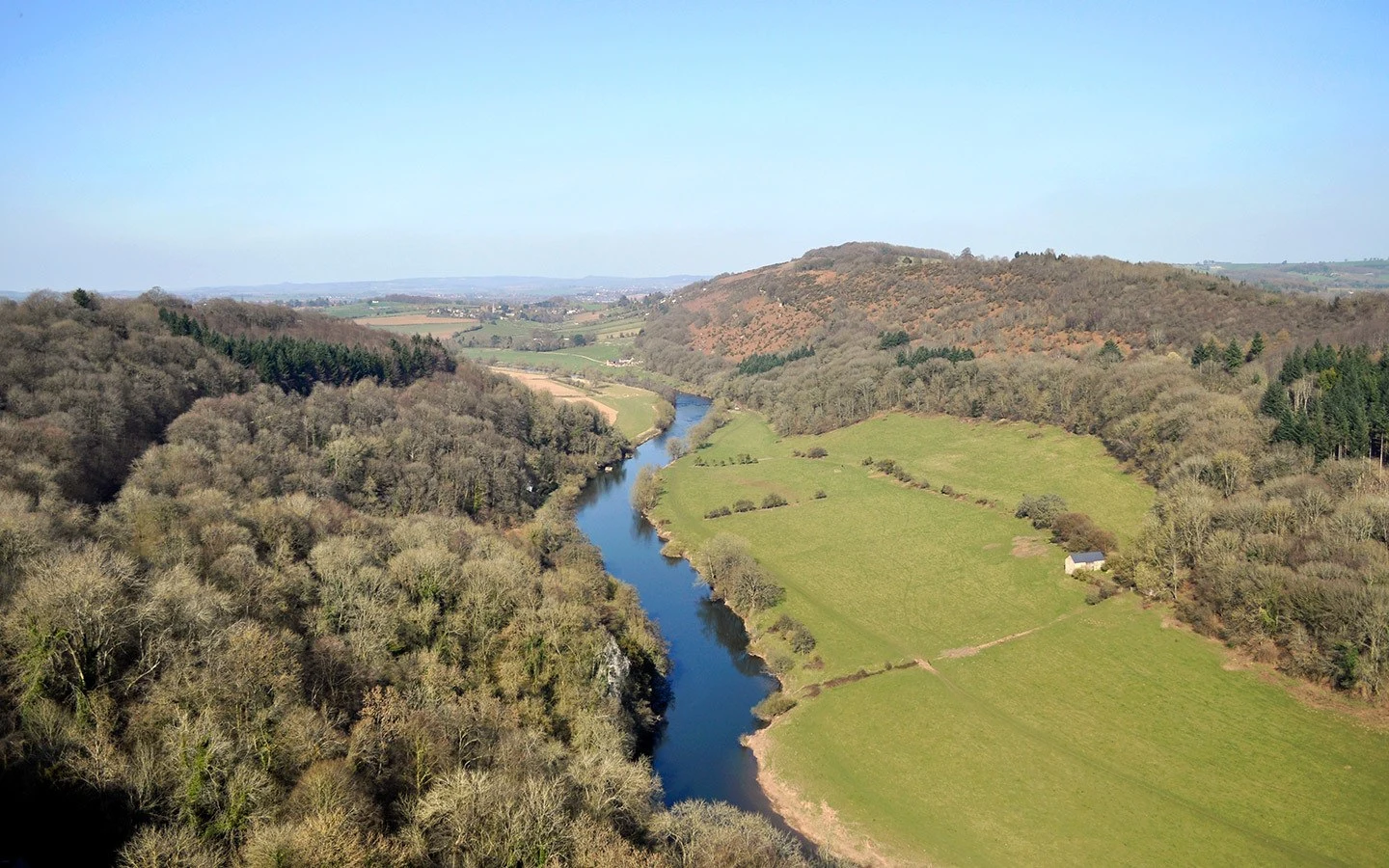
250 years ago, William Gilpin wrote Britain’s first travel guidebook. But it wasn’t dedicated to London or another major city. Instead it was the Wye Valley, on the border of England and Wales, which caught his, and the public’s, imagination. His not-so-catchily-named Observations on the River Wye and Several Parts of South Wales etc Relative Chiefly to Picturesque Beauty helped the Wye Tour to become the British alternative to the European Grand Tour.
According to Gilpin, “If you have never navigated the Wye, you have seen nothing.” And a series of 18th-century writers and artists agreed, waxing lyrical about the area’s scenic beauty. The Wye Valley is where I grew up, and I think it’s one of the UK’s best-kept secrets, with historic buildings, viewpoints, heritage attractions and delicious food and drink. So as part of the Over the Bridge to Wales campaign – highlighting great things to do across the Severn Bridge now the tolls have been removed – I headed back to the area to create my own Wye Valley tour.
My visit was hosted by Over the Bridge to Wales, but all views are my own.
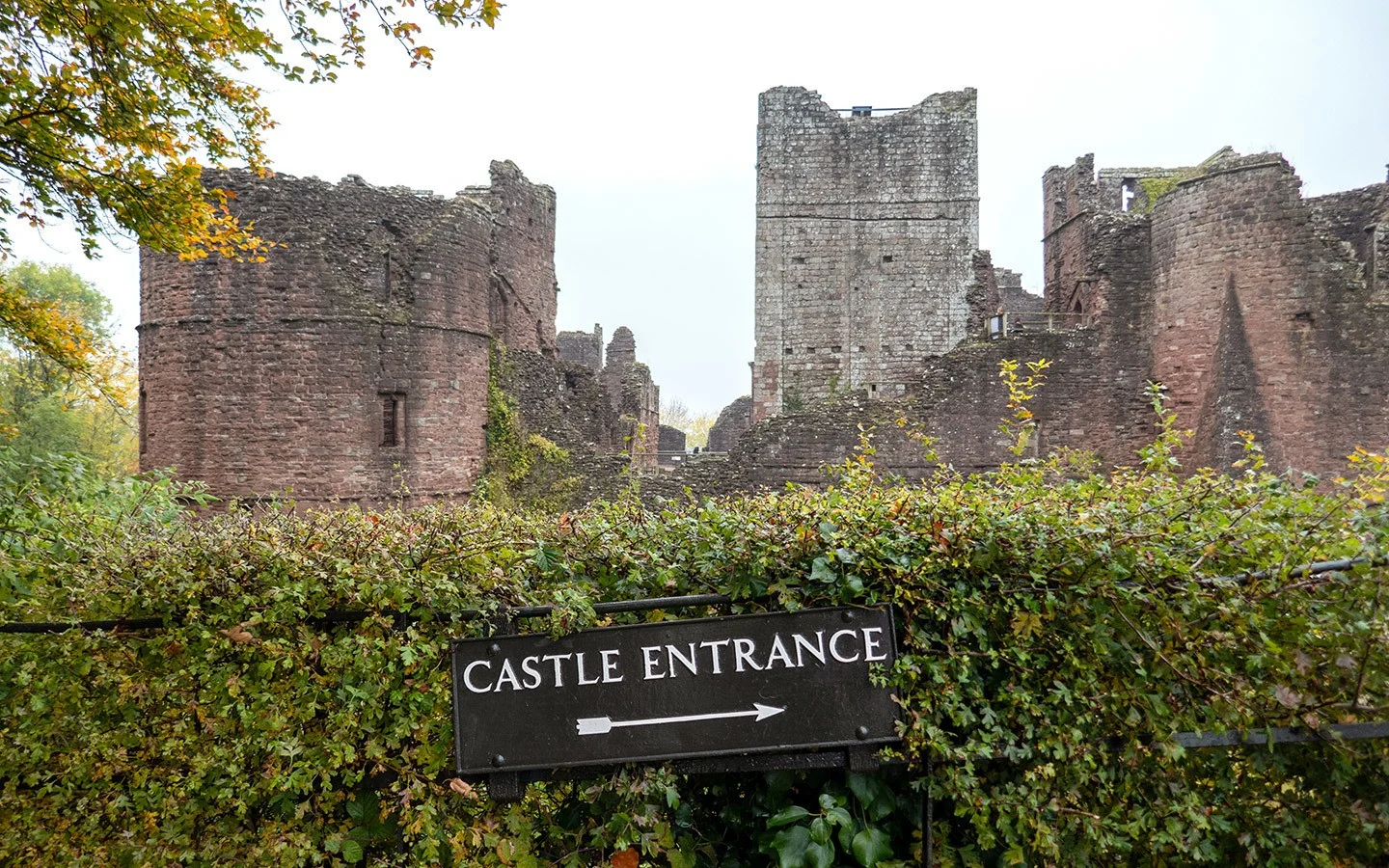
Goodrich Castle
Gilpin’s Wye Tour
Gilpin might have made the Wye Tour famous, but it was the rector of St Mary’s Church in Ross-on-Wye, Reverend John Egerton, who first came up with the idea. In 1750, he took inspiration from the flat-bottomed ‘trow’ boats that plied the river and built his own version to take visiting friends on sightseeing tours. Word spread and before long public tours were being offered. And in 1770 one of the sightseers who fell in love with the Wye was William Gilpin.
Gilpin was a watercolour artist, and after his visit he put together a book of writings and illustrations that became the first British travel guide. The Napoleonic Wars helped make the book a sell-out, with multiple reprints, and a whole new tourism industry sprung up to cater for the fashionable 18th-century set, with artists, poets and writers – including famous names like Wordsworth and Turner – coming to appreciate the area’s ‘picturesque’ scenery.
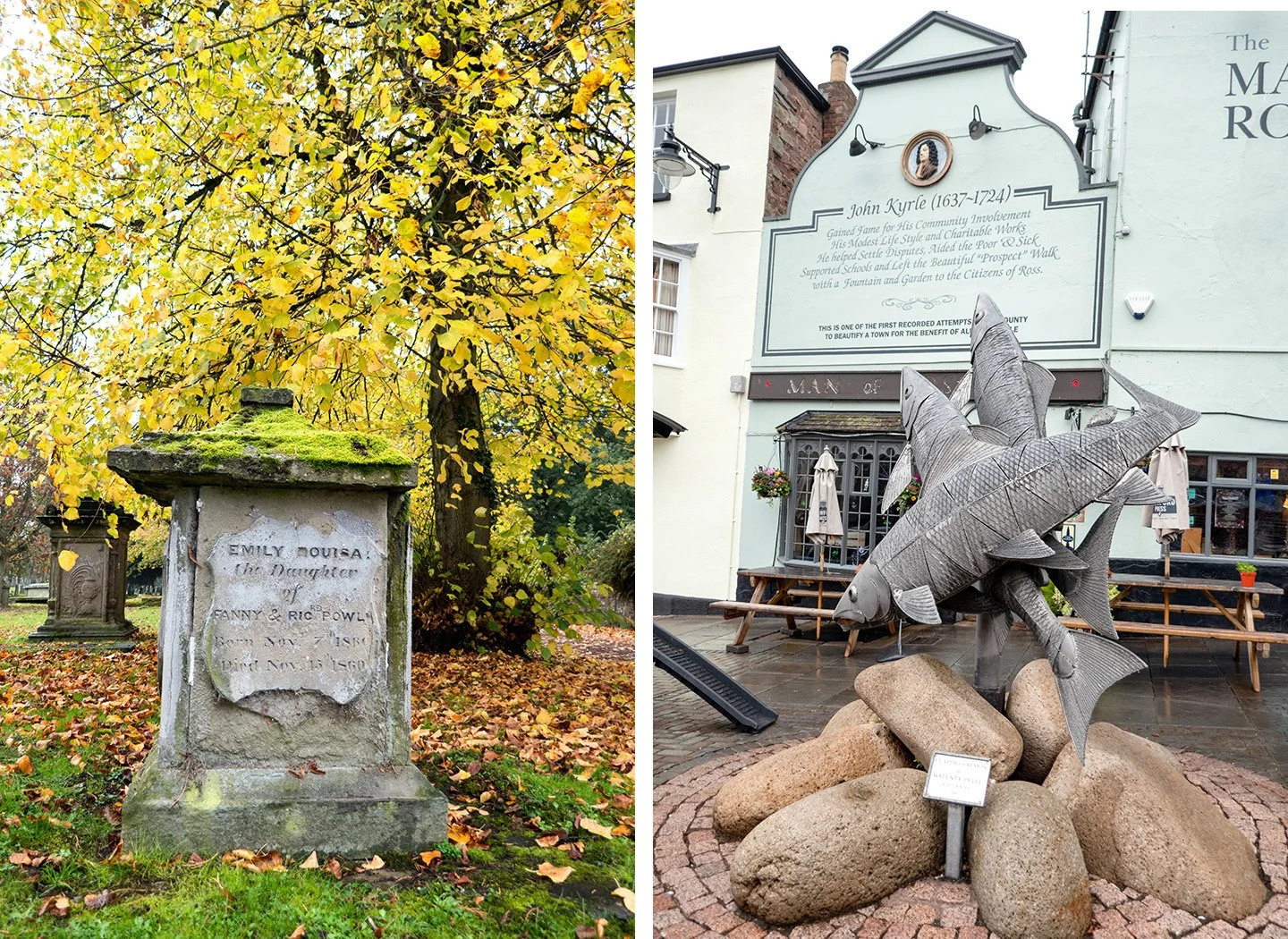
Exploring Ross-on-Wye
Appreciating the picturesque wasn’t just a case of admiring the landscape though, there was a precise set of rules for exactly what to look for. You wanted to be down low to instill a sense of awe – so river level was perfect – with a rugged and rough landscape that didn’t shy away from industrial sections of the Wye as well as its romantic ruined castles, abbeys and countryside scenes. And along the route there were ‘Grand Scenes’ which fulfilled all the criteria.
The original Wye Tour was a two-day boat trip along the river from Ross-on-Wye to Chepstow – travelling from Ross to Monmouth on day one and Monmouth to Chepstow on day two. With a set route, including hotels, travel, stops for food, walks and views along the way, it was one of the first package holidays. The Wye Tour stayed popular until the 1830s, and had a renaissance in the 1870s after the Wye Valley Railway opened, before eventually losing favour. But the 250th anniversary of Gilpin’s visit is the perfect excuse to rediscover the Wye Tour.
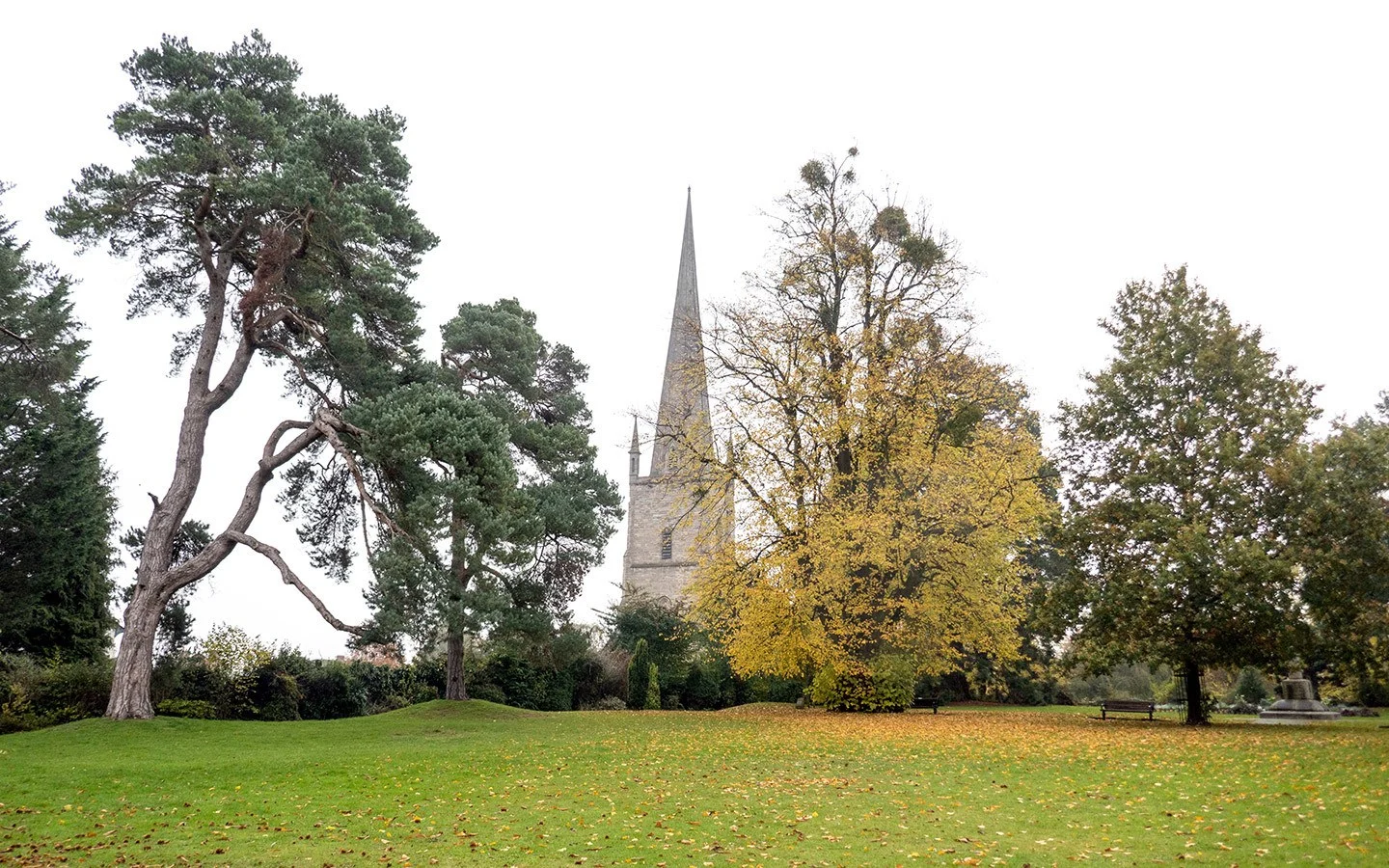
St Mary’s Church in Ross-on-Wye
A modern Wye Valley tour
Today you can’t travel the whole of the Wye Tour route by boat – unless you want to try it in a canoe – but you can follow in Gilpin’s footsteps on a Wye Valley road trip. You might not be sitting on a cushion beneath a canopy with a table for sketching like the Wye Tour boat passengers, but having your own mode of transport means you’ve got more flexibility of where to stay, eat and drink along the way – see the end of the post for my top tips.
Ross-on-Wye
The first stop on the Wye Tour is my hometown – the historic market town of Ross-on-Wye. And you can still stay in the Royal Hotel where the original Wye tourists would start their adventures. The hotel is next to The Prospect, a public garden by St Mary’s Church where you get a panoramic view down to the River Wye. It was created in 1696 by John Kyrle, a benefactor of the town who still has a nearby pub (and my old high school) named after him.
Take a wander through the town before heading down to the river. Ross has some great antique shops, including one of my favourites, Ross Old Book Shop, heaven for secondhand book and map lovers. Down at the riverside, travellers on the Wye Tour would meet their boats outside the Hope and Anchor pub – a good spot for a drink on a sunny afternoon – before heading off downriver. Take a walk along the banks of the river as far as Wilton Bridge to see the classic postcard view of Ross, as well as the ruins of 12th-century Wilton Castle across the river.
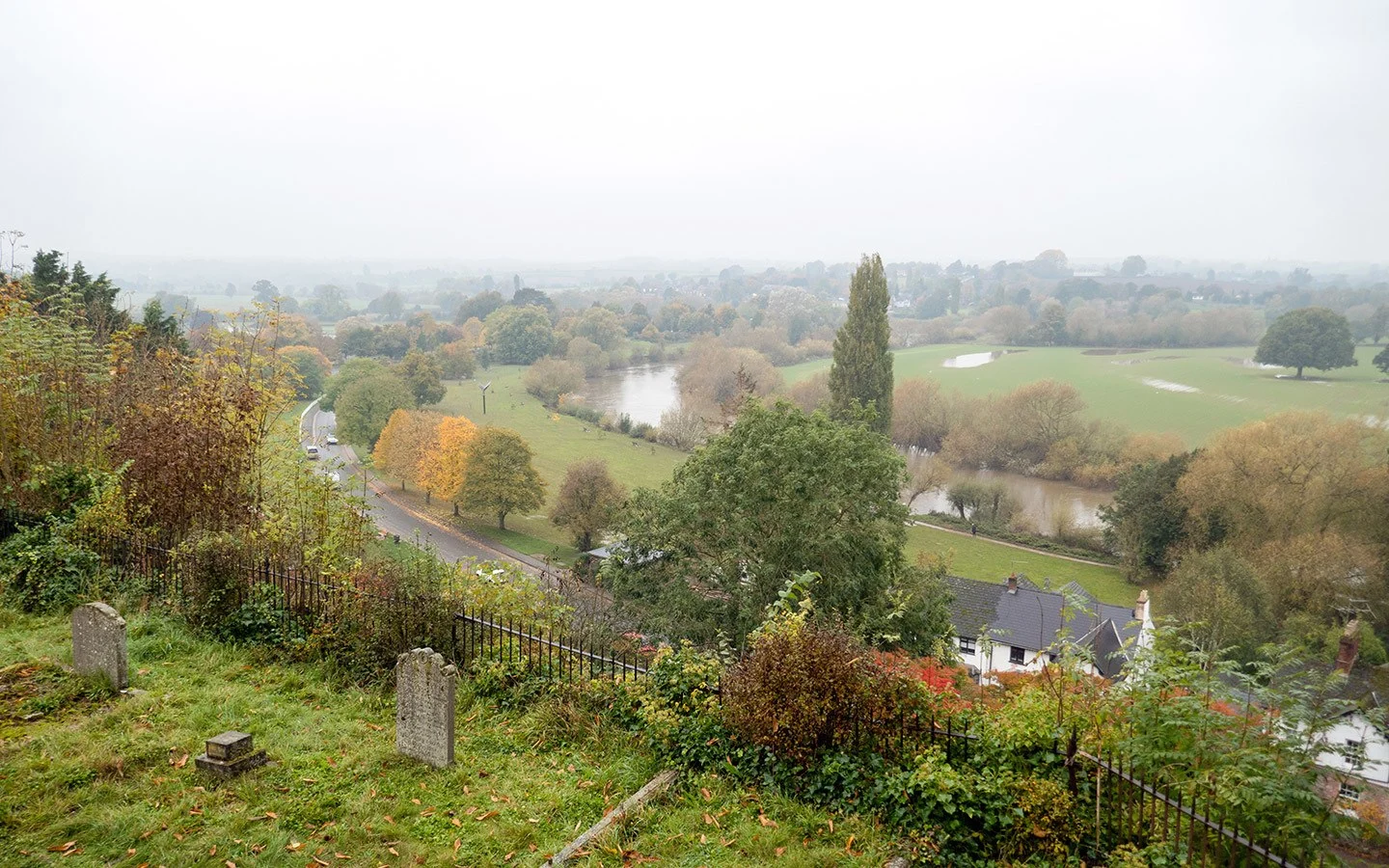
Views from The Prospect
Goodrich Castle
From Ross, travel on to Goodrich Castle (4.5 miles). This was Gilpin’s first ‘Grand Scene’ on the route, with just the right combination of attributes for it to meet his picturesque criteria. The castle is still an impressive sight, and is one of the best preserved medieval castles in England. It was built in the 13th century and most famously survived a two-month-long siege during the Civil War. Keep your eye out for ghosts as the castle is said to be haunted by Parliamentarian’s niece and her Royalist lover who drowned in the Wye while trying to escape the siege.
Wye tourists had to climb up the steep hill from the river, but modern travellers have it a lot easier. The castle is managed by English Heritage now who have special events during the year. I’ve been visiting since primary school trips and still can’t resist climbing the towers and going down into the dungeons. Make sure to check out ‘Roaring Meg’, the only surviving Civil War cannon, and the Wye-themed stained-glass window designed to mark the Millennium.
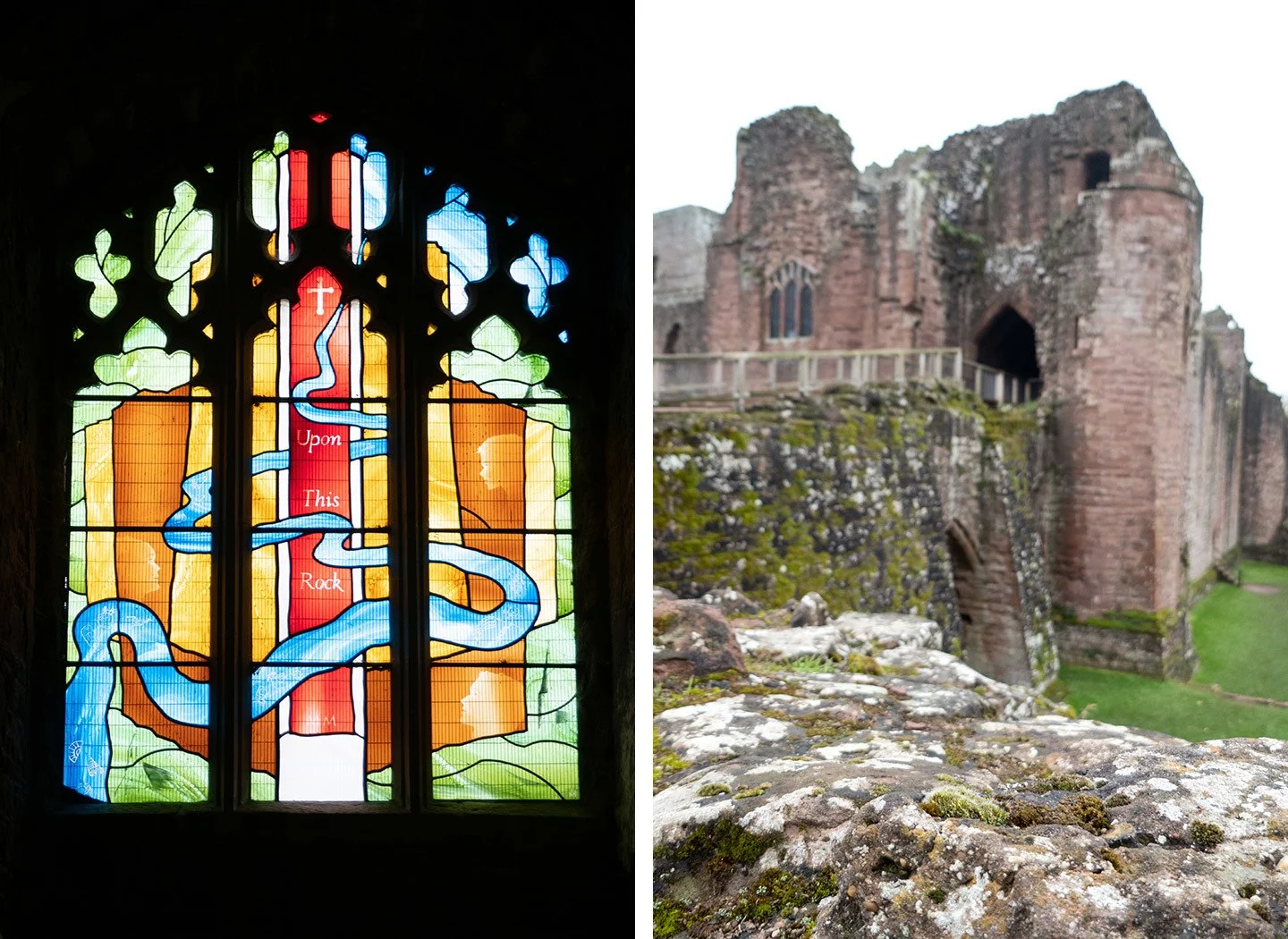
Goodrich Castle and the Millennium window
Symonds Yat
Next travel on to Symonds Yat Rock (3.5 miles). Symonds Yat gets its unusual name from the 17th-century sheriff of Herefordshire, Robert Symonds, and an an old word for a gate. This viewpoint was Gilpin’s second Grand Scene and is still one of the best-known views of the Wye Valley. From the top up at 500 feet you can see out over seven old counties. It’s also a favourite spot for birdwatchers as the cliffs are a nesting site for peregrine falcons.
Head down to the riverside at Symonds Yat East (a steep half-mile walk or a 2-mile drive). Wye Tour travellers would rejoin their boats at New Weir, though things looked a lot more industrial then as it was the site of an iron forge. It’s still a good place to take a boat trip, with Kingfisher Cruises running 40-minute tours along the river, canoes for hire or a hand-pulled cable ferry connecting Symonds Yat East and West, saving a five-mile road trip. In the 1800s there were 25 hand ferries like this between Ross and Chepstow, but this is the only one left now.
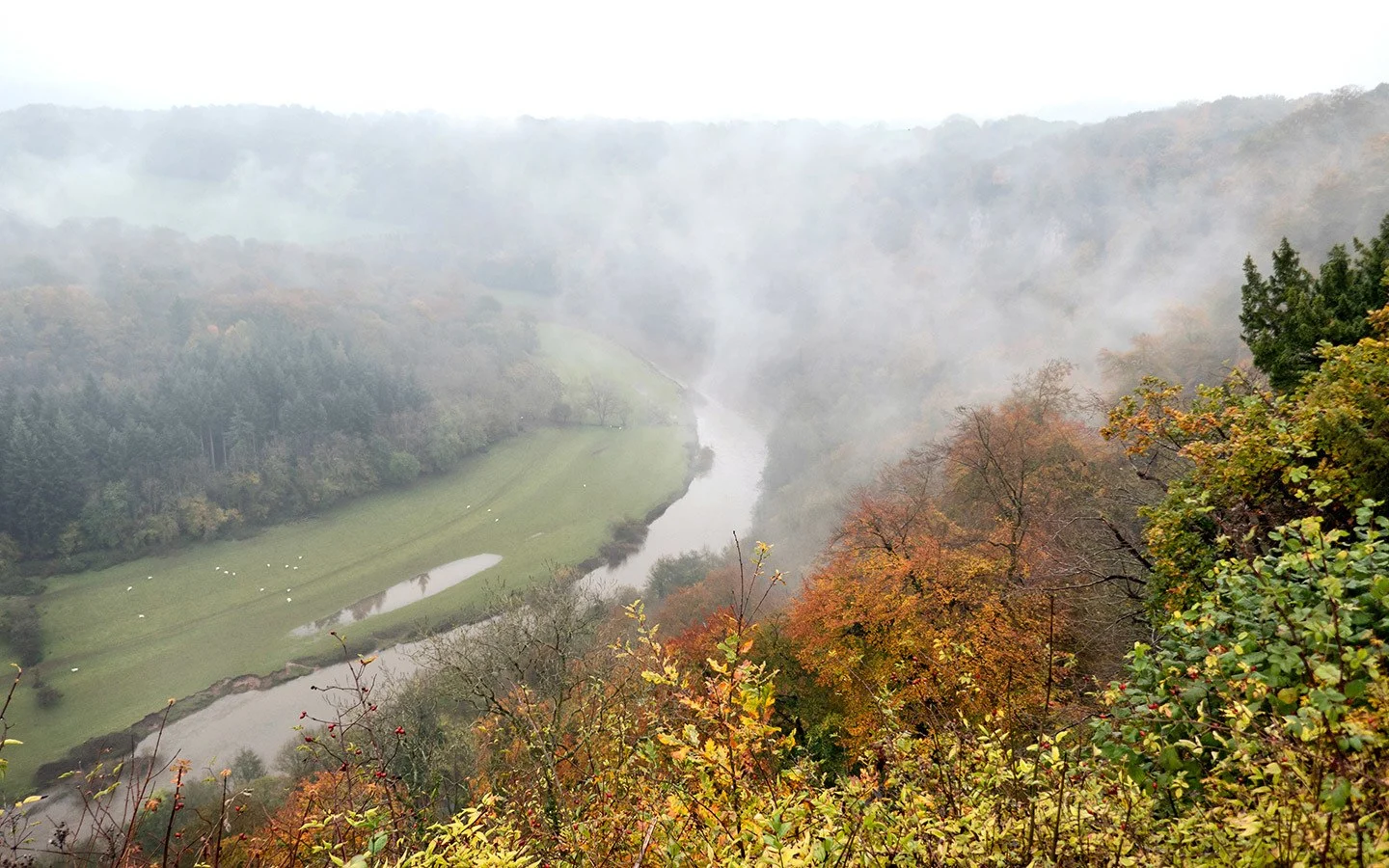
Looking down to the Wye from Symonds Yat Rock
Monmouth
From Symonds Yat our Wye Valley tour swaps England for Wales as it crosses the border en route to Monmouth (8 miles). On the way you pass the Doward, which is where a Victorian archaeologist unearthed Ice Age animal remains, helped by a local character known as Slippery Jim. He got his nickname from selling slippers made of animal fur, and had lived in the area’s limestone caves with his wife for 30 years (and not washed the entire time apparently).
Monmouth is the county town of Monmouthshire, where the Wye and Monnow rivers come together. It was the halfway point on the Wye Tour where visitors stopped for the night. The Beaufort Arms on Agincourt Square was their favourite spot (not least because Admiral Nelson stayed there). It’s not an inn any more but you can still see its frontage, as well as other historic buildings in front of the Shire Hall, which has an old courtroom and cells you can visit.
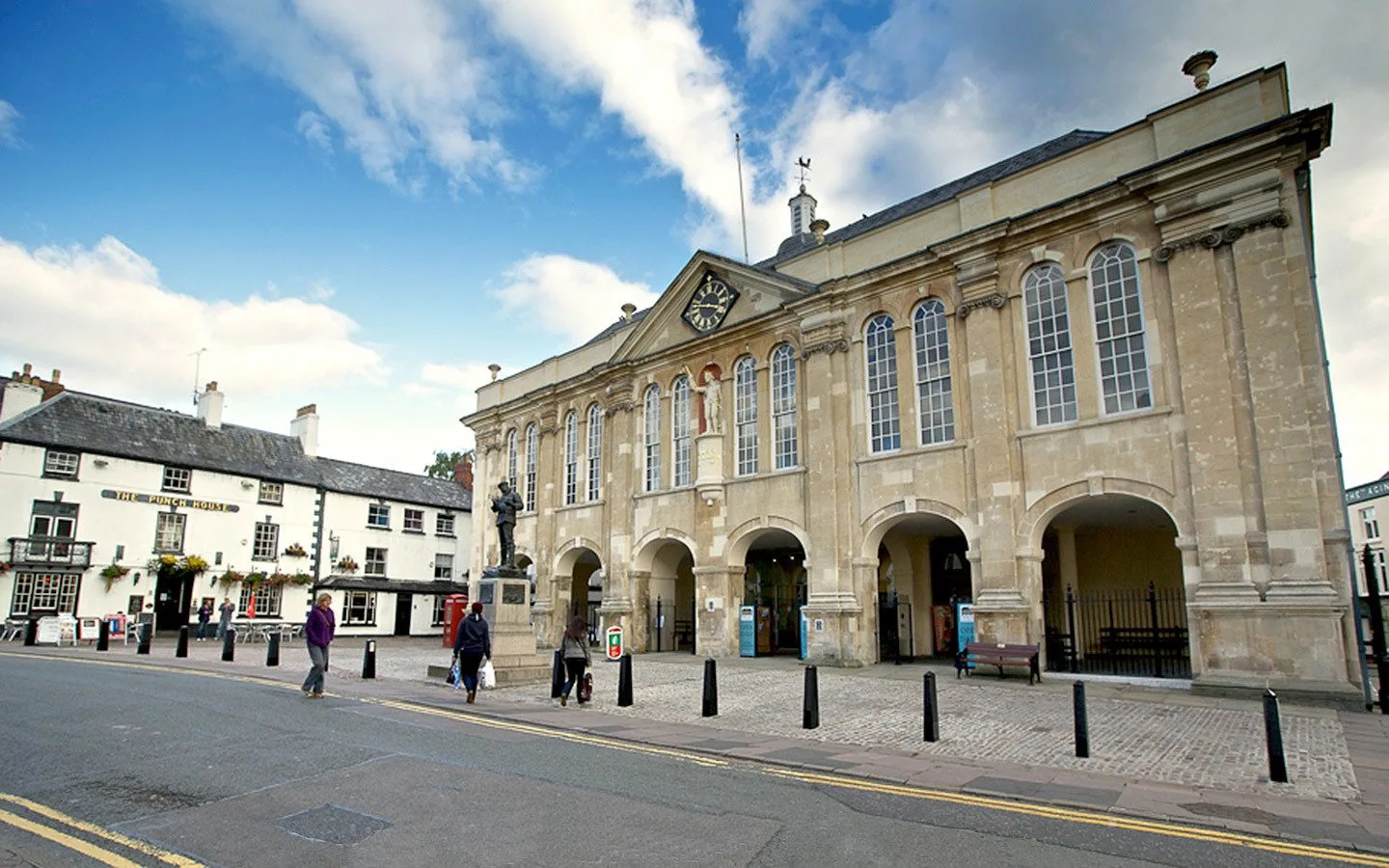
Monmouth’s Shire Hall – photo credit Forest of Dean & Wye Valley Tourism
Tintern
Next head south towards Tintern, following the riverside route along the A466 (12 miles). If you want to check out the views which inspired Wordsworth, take a short diversion at Landogo, following the Trellech road until you reach the Natural Resources Wales car park, where a path takes you to three viewpoints over the ‘Sylvan Wye’. Carry on to Tintern, another Wye location with industrial metalworks heritage, which you can explore along the Angidy Trail.
Tintern Abbey was founded in 1131 by Cistercian monks, with the original wooden version being replaced by a Gothic stone masterpiece in 1269. But it lost its roof and fell into ruin after the Dissolution of the Monasteries. The ivy-covered abbey ruins were a major highlight of the Wye Tour, and ended up as a bit of a tourist trap with visitors complaining about surrounding ‘beggars and hovels’. Today it’s back to being a peaceful, atmospheric ruin alongside the river.
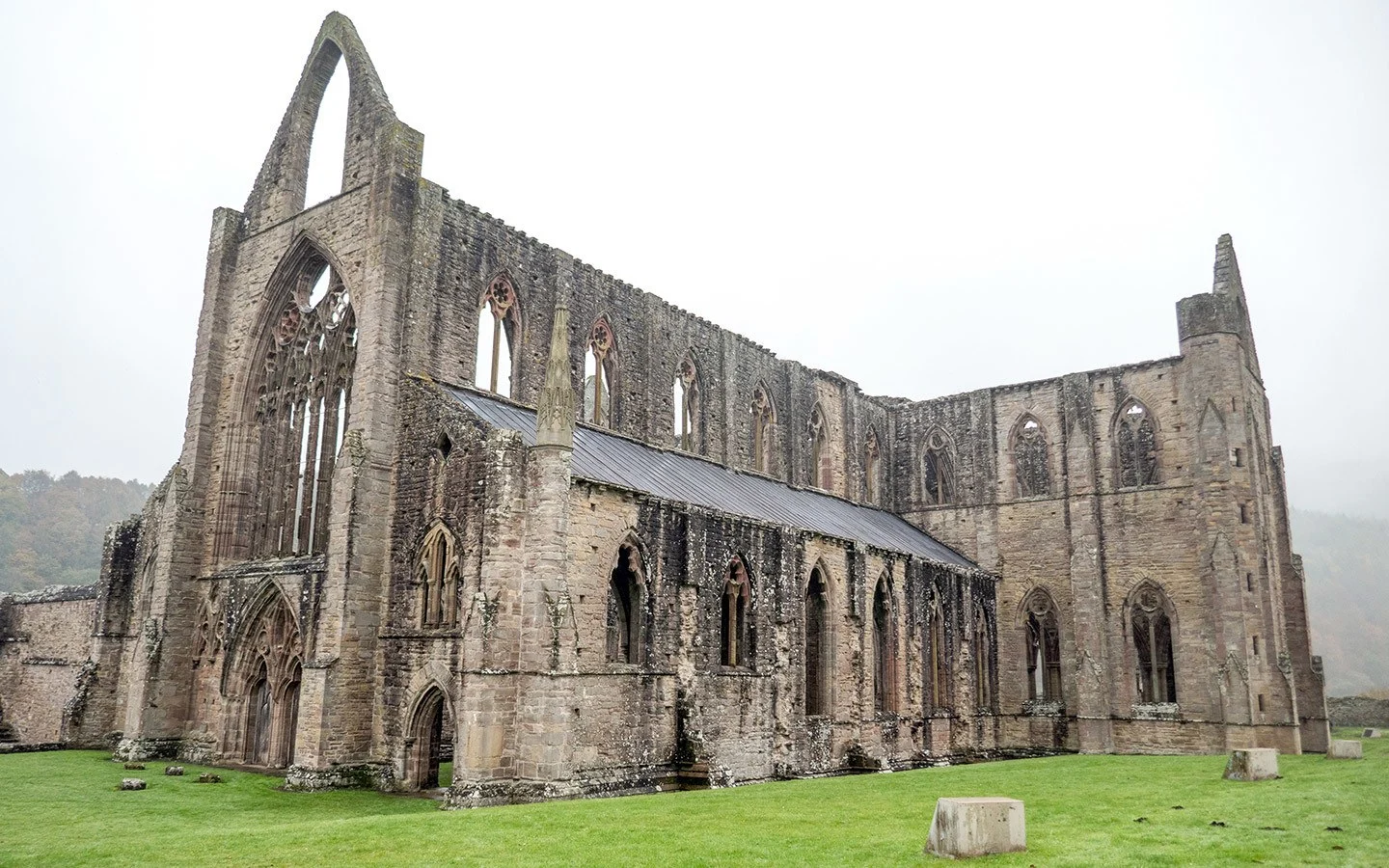
Ruined Tintern Abbey
Chepstow
Finally, head towards Chepstow (5 miles) on the last stretch of your Wye Valley tour. Back in the days of the Wye Tour, Chepstow was Wales’ largest port, exporting timber and importing good like salt from Iceland and wine from France and Spain. And the arrival of steam packet boats between Bristol and Chepstow in 1822 opened up the Wye Valley to a new group of tourists.
The town is dominated by its Norman castle, standing in an imposing position on a clifftop overlooking the River Wye. Chepstow Castle was founded in 1067, but extra bits were added right up until its decline after the Civil War. The castle ruins were a favourite with artists, and if you’re interested in seeing some of the sketches, paintings and diaries which were inspired by the Wye Tour, many are on display in Chepstow Museum, just opposite the castle.
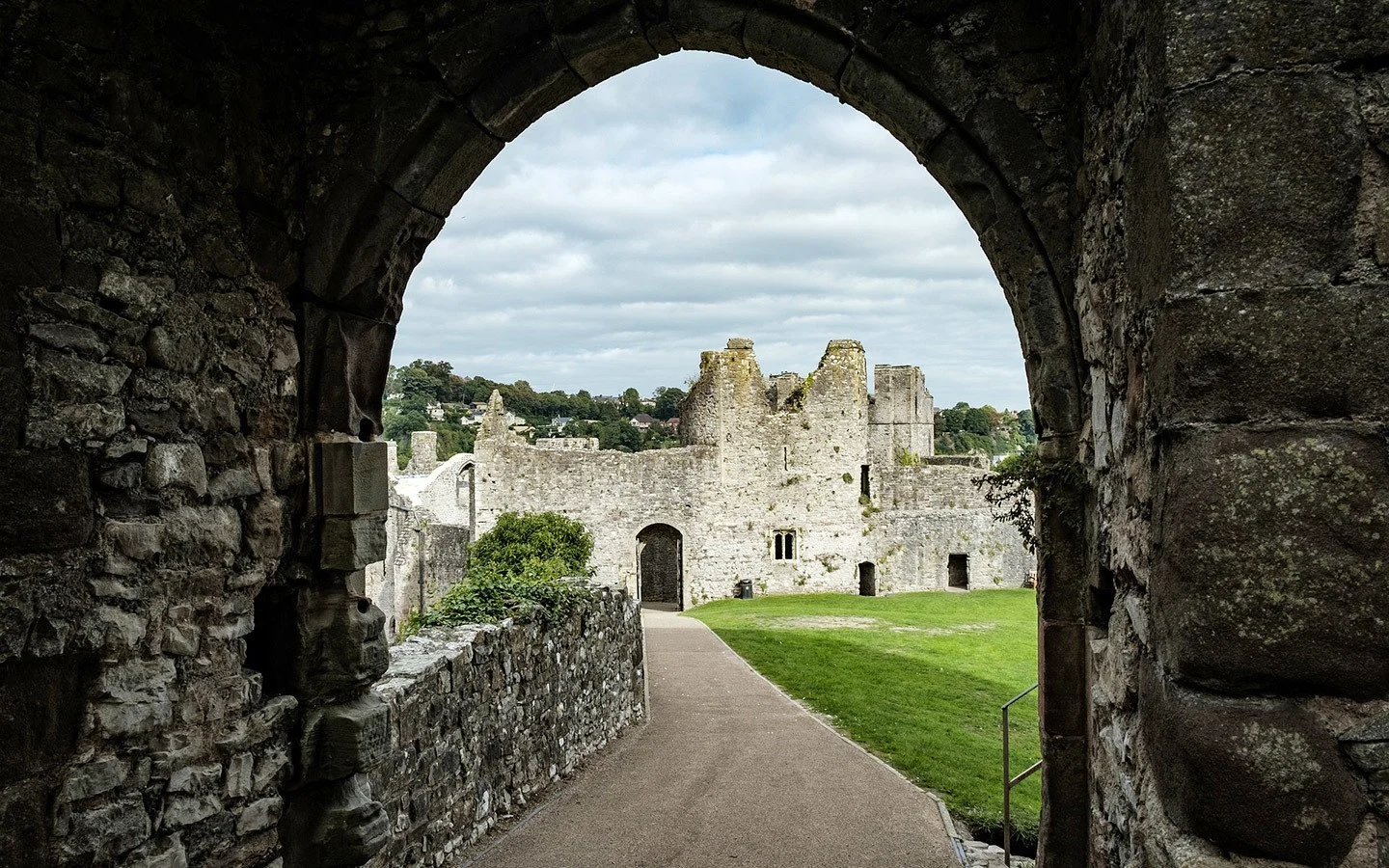
Chepstow Castle
Where to eat, drink and stay in the Wye Valley
Ross-on-Wye
The Royal Hotel has the best location in town, next to the Prospect gardens (look out for the secret door from the hotel garden) with spectacular views out over the river. Even if you’re not staying there it’s worth calling in for a drink on their terrace. Ross’ No 3 restaurant serves stylish modern European food, or try its sister restaurant Leonards at 39 for tapas and cocktails. Or for something a bit more exotic, Yaks ‘n’ Yetis specialises in Nepalese Gurkha dishes.
Symonds Yat
The Saracen’s Head is a 16th-century riverside inn in Symonds Yat East, which serves traditional pub food and has nine guest bedrooms (it’s also just below the house from TV series Sex Education if your cultural references are a bit more contemporary than 18th-century!). Or take the cable ferry across the River Wye to Symonds Yat West where you’ll find the Ye Old Ferrie Inn, another cosy pub with rooms, and the Wye Knot Inn, which specialises in local ales.
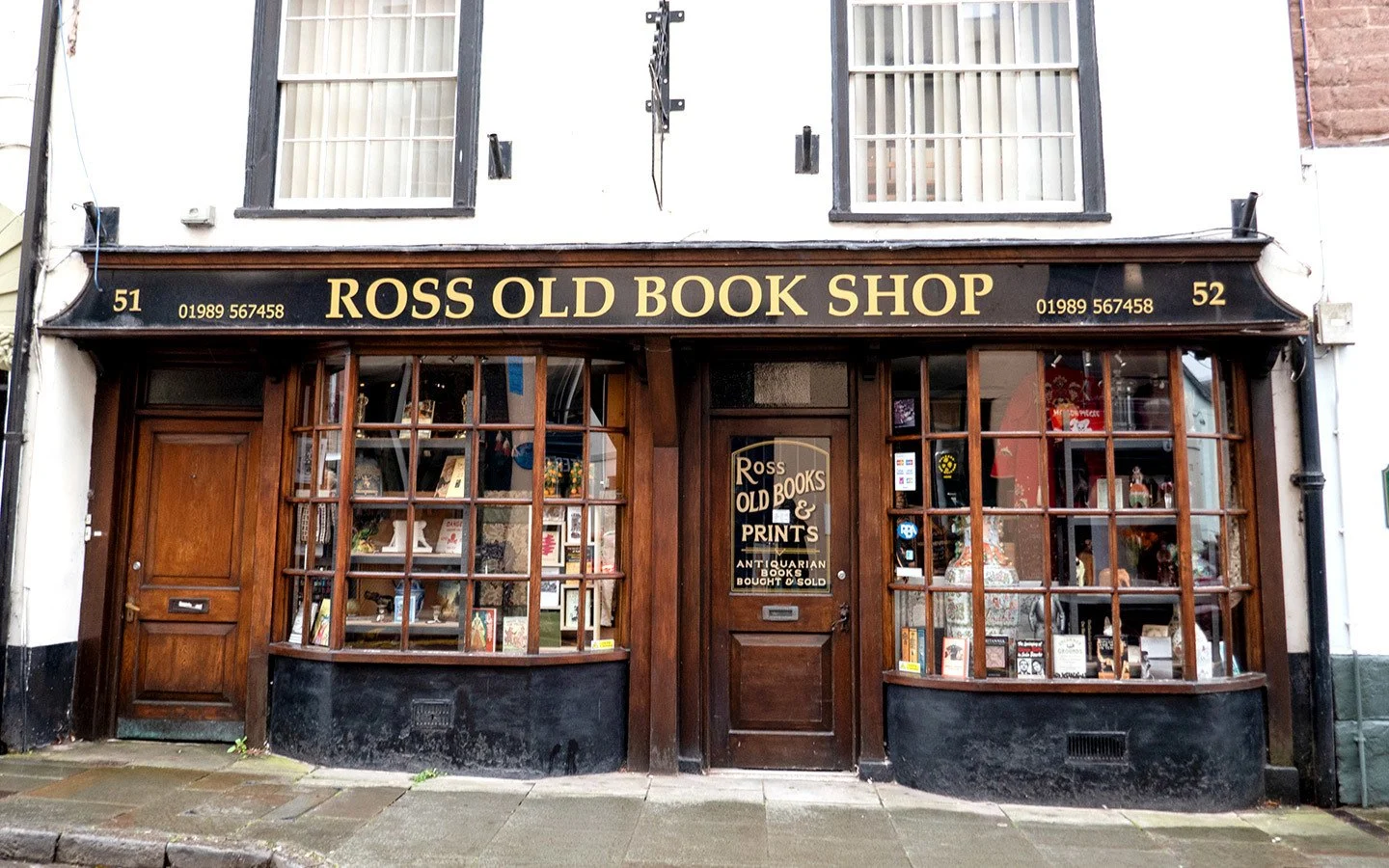
Ross Old Book Shop
Goodrich
The Gothic-style Hostelrie in Goodrich is a traditional pub, with log fires in winter and a beer garden in summer, as well as a few guest rooms. It serves English pub food using local ingredients as well as a range of beers and ciders sourced from around the area. There’s also a tearoom at Goodrich Castle if you’re in need a fix of tea and homemade cake.
Monmouth
In the centre of town, La Piccola Italia is a buzzy Italian bistro serving all the usual favourites like pizza, pasta and risotto. Or head a few miles north of Monmouth to The Stonemill in Rockfield. As you’d guess from the name the building was once a 17th-century mill, but it’s now a two AA Rosette restaurant, with six bed and breakfast cottages a short walk away.
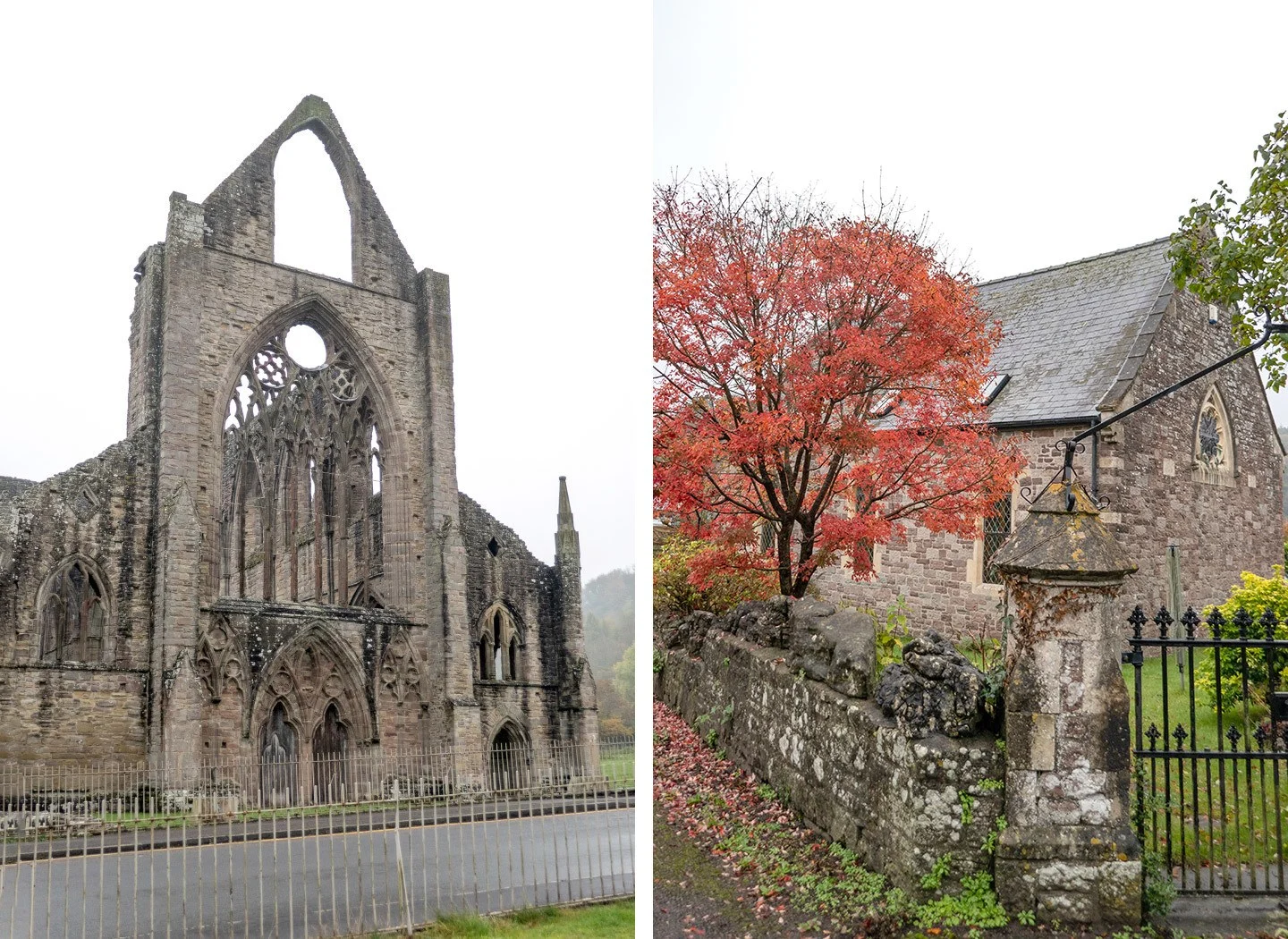
Tintern Abbey and autumn colours
Tintern
The Royal George is a cosy, dog-friendly pub in Tintern which has 14 en-suite guest bedrooms and a bar and restaurant. You can also rent Beaufort Cottage, which is right in the grounds of the Abbey with a knockout view from the bedroom window. And call into Tintern’s Old Station Tearoom for coffee, cake and local ice cream. The Old Station is now 10 acres of riverside meadowland with walking paths and old railway carriages you can taken a look around.
Chepstow
You can follow in the footsteps of the Wye tourists with a stay at the Beaufort Hotel, a quirky 16th-century coaching inn which has kept lots of its original features. Panevino is a family-run Italian restaurant with a garden seating area overlooking the Wye that’s perfect for summer evenings. Or the Riverside Wine Bar has another great waterside setting, this time serving a wide range of wines, gins, cocktails as beers, as well as tasty tapas dishes.
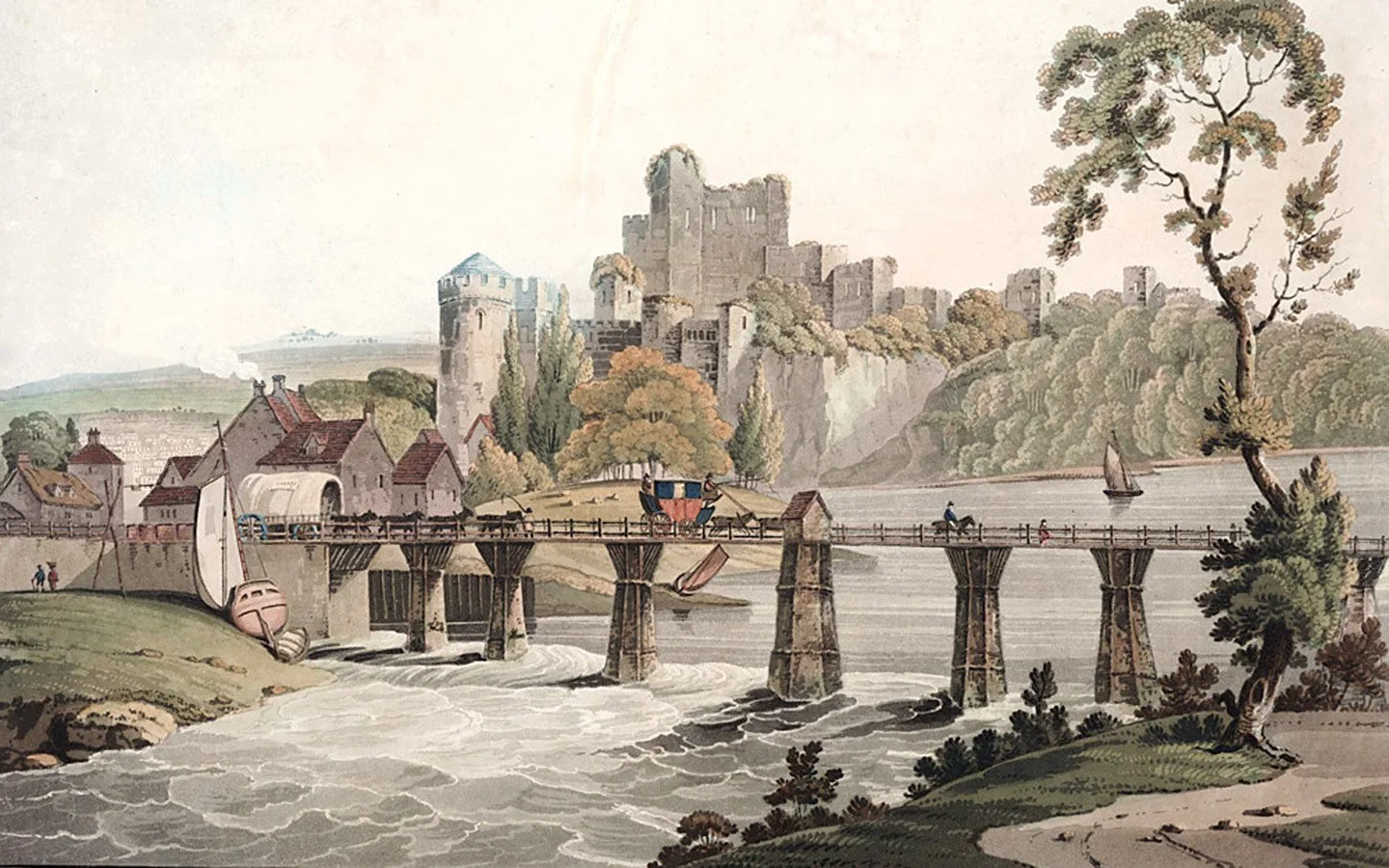
Artworks of Chepstow Castle – image credit Wikimedia Commons
Pin it
This article contains affiliate links, where I get a small commission at no extra cost to you, thanks.

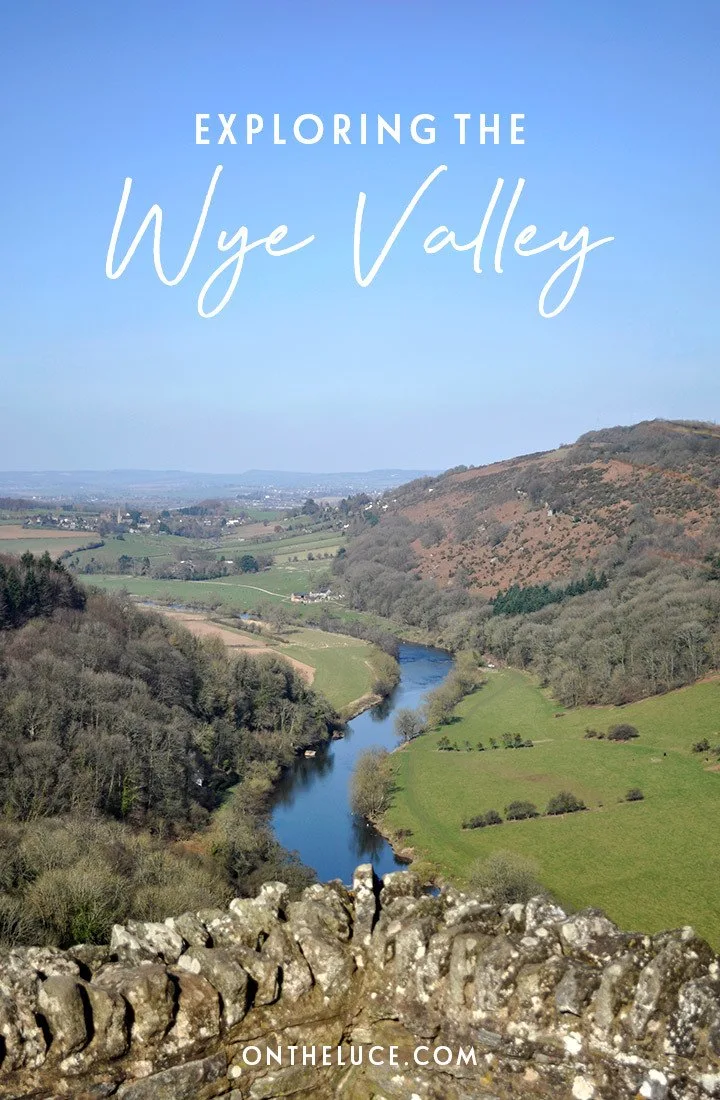
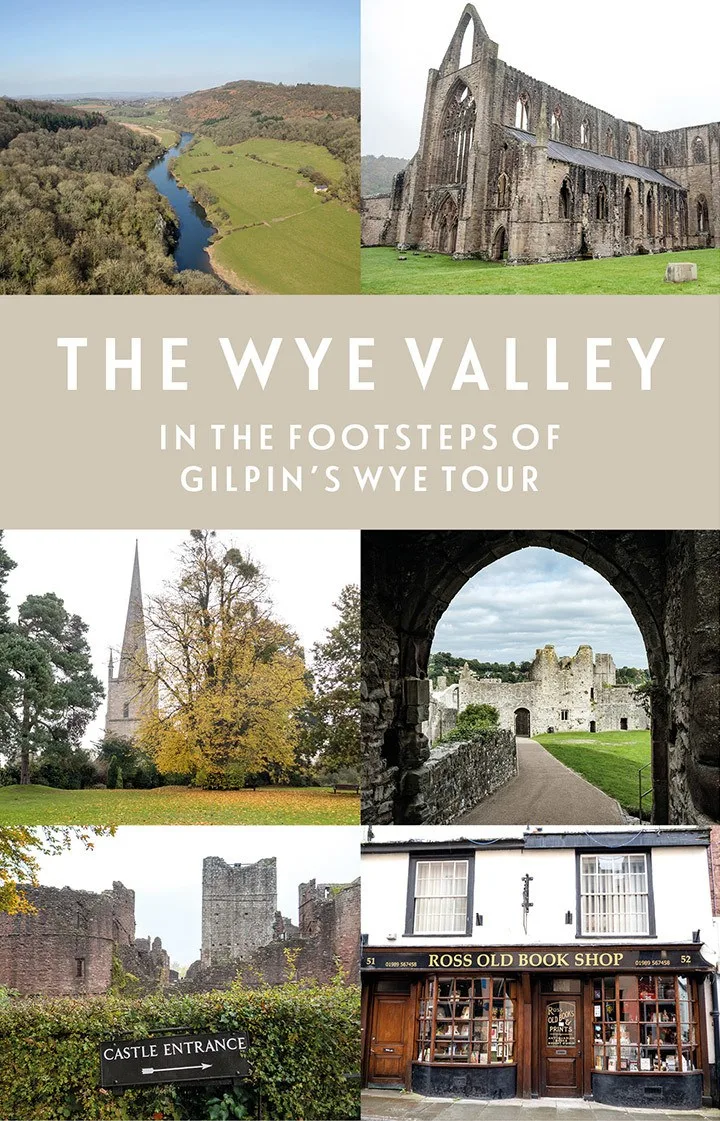
irelandandelsewhere
Saturday 13th of June 2020
Really interesting read, thanks! We were talking last night about Wales being a place we have never visited, it looks beautiful!
Lucy Dodsworth
Wednesday 17th of June 2020
Thanks, Wales has some beautiful spots – hope you get to visit sometime soon!
d pow
Wednesday 26th of February 2020
There are two hand ferries still operating (floods permitting!)-one from the Sarencens and one from Ye Olde Ferrie Inn.
Charlotte Swinnerton
Friday 7th of February 2020
I have fond memories of canoeing down Symonds Yat and I'm excited to visit Monmouth next month! I didn't realise it captured so many local places.
Lucy
Monday 10th of February 2020
I remember doing that canoe trip years ago too – may have to give it another go!
Dylan Jones
Wednesday 5th of February 2020
I've never explored the Wye Valley - it's a part of Wales I haven't quote made it to yet. I have wanted to visit Tintern Abbey for a while though, and it looks like there is plenty to do in the area while I'm there.
Lucy
Monday 10th of February 2020
Tintern Abbey is gorgeous – I'd like to go back and photograph it at sunset (without the clouds!) sometime.
Meaghan
Saturday 1st of February 2020
Loved your photos of Chepstow Castle, this looks like a great area to go exploring!
Lucy
Monday 10th of February 2020
Some great castle ruins in this part of the world!